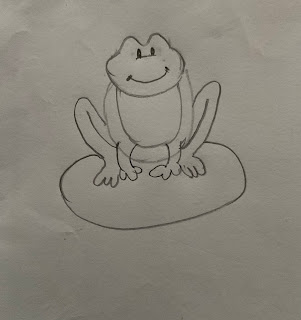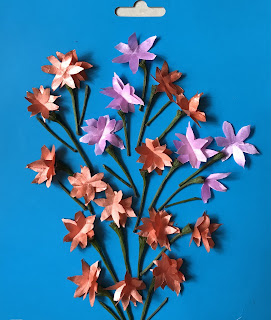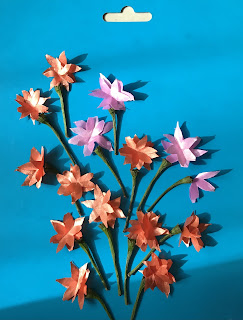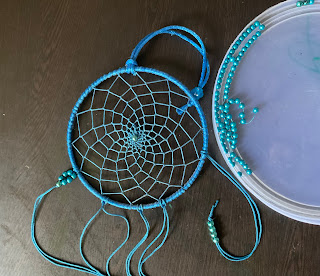Celebrating Creativity: My "Happy New Year" Artwork
As the New Year approaches, I wanted to create something special to capture the spirit of renewal, hope, and joy that this season brings. Inspired by nature's vibrant beauty and the festive vibes of the holiday season, I decided to draw this cheerful "Happy New Year" card.
The Inspiration Behind the Design
Flowers symbolize growth, freshness, and positivity—values that align perfectly with the promise of a new beginning. I chose to incorporate blooming daisies into the artwork to represent the blossoming opportunities and aspirations that the New Year brings. The handwritten "Happy New Year" message adds a personal and heartfelt touch, making this piece feel warm and inviting.
My Creative Process :-ClickHere
Sketching the Layout: I started by outlining the floral arrangement and the central text. My goal was to balance the design so that the flowers framed the message beautifully.
Adding Colors: I used a mix of pastel and bright tones to fill in the flowers and leaves, giving the piece a lively yet calming vibe. The yellows and greens in the background create a subtle contrast that makes the flowers pop.
Details and Finishing Touches: Finally, I added shading and intricate details to the petals and leaves, giving the artwork depth and dimension. The lettering was carefully styled to complement the natural theme while conveying the festive cheer of the New Year.
Sharing the Joy
Creating this artwork was an incredibly fulfilling experience, and I hope it brings a smile to everyone who sees it. As we step into the New Year, I encourage you to find moments to create, reflect, and share your unique perspective with the world.
Let’s welcome the New Year with open hearts and a renewed sense of purpose. Wishing you all a happy and prosperous year ahead! 🌸✨

































